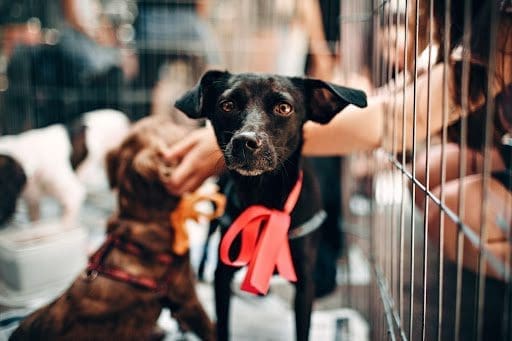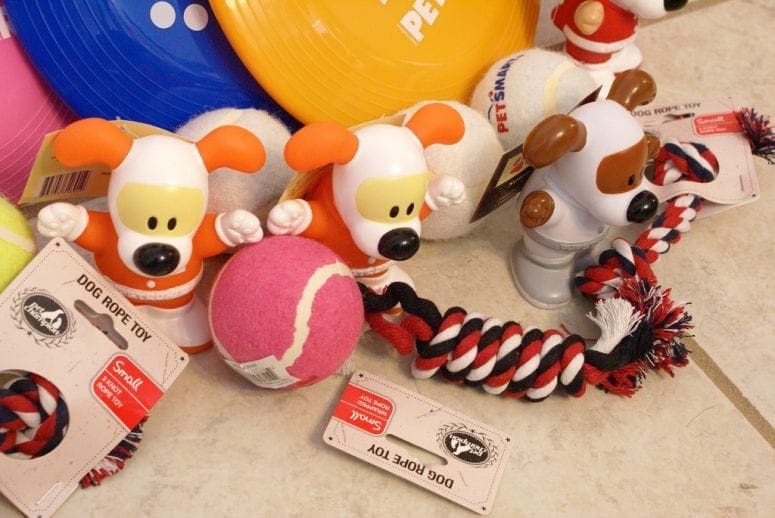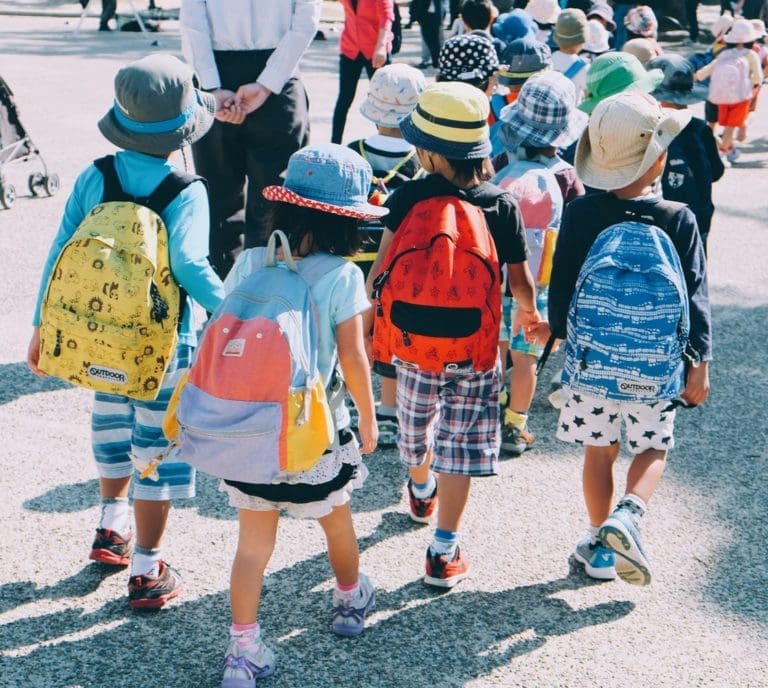How To Help a Rescue Dog Settle In Your Home

When a pet is adopted, there are a variety of processes they must go through to become a member of the family. From acclimating to a new environment to learning the household boundaries, and finally, understanding what it’s like to be an animal in a home. For some dogs, this transition can prove challenging. The first few days or weeks after adoption are often the most difficult.
This is especially true for rescue dogs who have usually been removed from a stressful environment and left their previous owners with little time to ease them into a new home. This is especially true for rescue dogs who have often been removed from a stressful environment and left their previous owners with little time to ease them into a new home. To help a rescue dog settle in and become as comfortable as possible, follow these helpful tips:
Show them around your home.
Start by taking your rescue dog on a tour of their new home. Show them where the litter box is, where their food and water bowls are, and other vital house areas. An excellent way to start is to walk slowly, letting your dog smell and explore everything. This will help them feel more comfortable and allow you to get a better idea of what they’re interested in. Let them be if you notice that they seem particularly interested in a particular area, like a high shelf or closet.
The key here is to make them feel at home by allowing them to familiarize themselves with their surroundings. You will want to designate a place for your fur baby’s bowl and feed them fresh dog food filled with high-quality ingredients and the nutrients they need to recover their vitality. Show them where they can find their water station and place a comfortable place for them to take a nap. For example, you can put a soft rug or pet bed in the living room where they can laze around and enjoy an afternoon sleep.
Let them explore at their own pace.
After you’ve shown them their new home, you can help them ease into their new routine by letting them explore at their own pace. This doesn’t mean letting them run wild but instead moving at their own pace. Allow them to explore and sniff at their own pace. Do not rush them. This will only stress them out and make them feel like you’re pushing them to conform to a specific schedule. While you let them explore, keep a close eye on them. If they seem stressed out, give them a break. Give them time to relax, sniff around, and let their stress dissipate.
Give them space and time to acclimatize.
Another essential part of the process is acclimatization. This is the process of getting used to your new environment and your environment. This includes the sounds, smells, and general feeling of the space. To help them with this process, you can keep your rescue dog in the same room as you for a few days. While they’re in the same room, make sure you keep your noise level down. This will help them get used to being around you without both of you being overly nervous. Make sure they have a comfortable place to sit and access water. If possible, you can also keep your dog on a leash or in a crate during this time. This will help them feel like they’re not being left alone.
Respect their personal space
Another essential part of the acclimatization process is respecting your dog’s personal space. This means keeping your distance and keeping your noise level down. It also means avoiding their food and water bowls and ensuring you’re not leaving toys or chewing toys around. Try not to pick up or hug your dog. This is a particular issue for rescue dogs who have come from environments with no human interaction. Dogs who haven’t lived with other humans or lived in shelters are often more skittish around humans. To help them feel more comfortable, avoid walking up to them from behind or surprising them when you are nearby. Let them know where you are and take slow but consistent movements, avoiding prolonged eye contact. Have a designated space where they can relax and decompress, and no one is allowed to bother, e.g., in a crate or bed.
Introduce them to other people slowly.
Another essential part of the settling-in process is slowly introducing your dog to other people. This is important, especially for rescue dogs who have come from a stressful environment, because it helps them feel more comfortable around new, unfamiliar people. It also helps with your new pet’s socialization. Avoid having too many people come over at once, and tell visitors to avoid being overly friendly or getting too close to your dog. Instead, give your dog space to approach visitors on their own, let them sniff them and get a sense for them, and then they can interact with them if the dog invites this.
Create a routine
Another essential part of the acclimatization process is creating a routine. This is important because this helps your dog feel more comfortable and it helps them move at their own pace.
From going for walks simultaneously to giving them food at the same time each day. From here, you can start introducing different things to their day, from booking dog training on this site to visiting dog parks and going on adventures. A routine will help the dog know what to expect and can be beneficial in helping them to settle into your family easier.
Don’t rush or force the relationship.
One of the biggest mistakes new pet owners make is rushing or forcing the relationship. This means that you try to force your rescue dog to become comfortable around other people or become accustomed to household noises. This is often a recipe for disaster. The best thing to do is let your rescue dog settle in at their own pace and respect their boundaries.
The more your dog knows you understand them and respect her needs and behaviors, the more they will trust you, and you can build a bond with each other. This is vital for rescue dogs who have likely been through stressful experiences before coming home with you. They may have been abused or abandoned or confused about why they can’t go back to their previous owner. They need your patience and support to help them with the next part of their life.
Similar Posts:
- None Found









